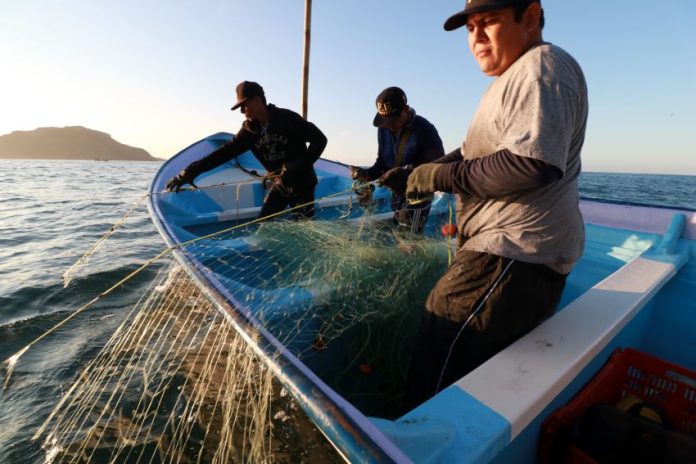It’s 6:30 a.m. in Mazatlán, Sinaloa, and the sun peaks over the horizon. As most city residents begin their day, a group of fishers from the Playa Norte fishing cooperative has been at work for hours, preparing their gear, fueling up, and motoring out to their lobster nets. They scan the water for white diet Coke bottle caps – the DIY buoys that mark the nets they laid the day before. When they find a bottle, they grab it and start hauling up the attached net.
They’re catching lobster today, but it could be Pacific sierra or snapper tomorrow. Sometimes, in the winter, the fishers take a 6-meter panga (barge) hours offshore in search of larger pelagic fish.
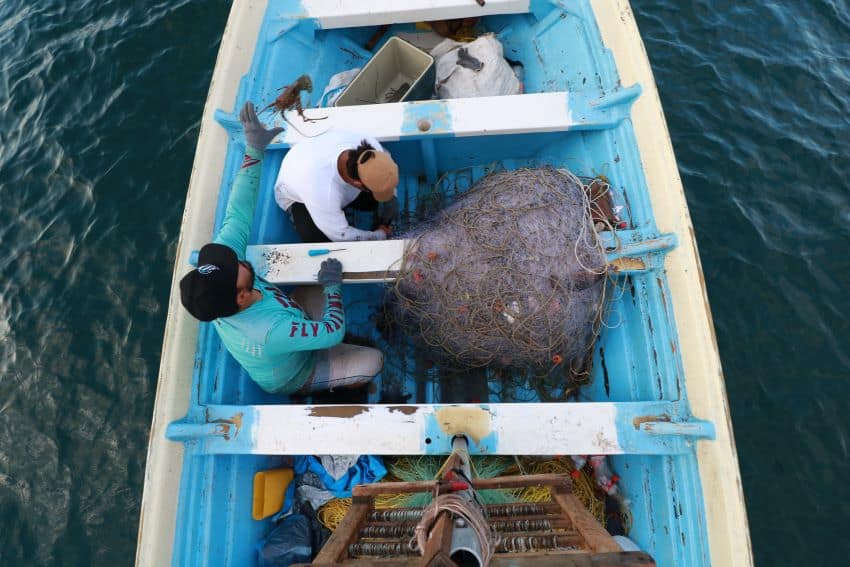
Like many small-scale, artisanal fishers worldwide, the Playa Norte cooperative is on the front lines of environmental and social concerns that have increasingly impacted their work. Patchwork regulation and uneven legal enforcement contribute to the overfishing of some species. As mangroves are cleared for development and estuaries are dammed to make shrimp farms, marine wildlife has fewer protected areas to breed or raise young, making it harder for the environment to bounce back from overfishing. Despite the challenges, small-scale fishers like Playa Norte are still key seafood providers in Latin America. These groups provide 85% of the seafood eaten in the region, according to Julio Berdegué, former regional representative for the U.N. Food and Agriculture Organization (FAO).
The Playa Norte fishers make enough to get by, though it’s tight sometimes, and fuel costs must be paid even on bad fishing days. However, being part of a cooperative helps decrease the risk of going home empty-handed. Profits are shared among the members, usually depending on how much time, money, and equipment each member has invested.
Farther north, the ostioneros (oystermen) of the Playita de las Barras de Piaxtla Cooperative have a similar arrangement in which they work together to pool resources and share profits. Instead of heading out in fishing boats, the ostioneros swim through the waves to reach rocky embankments where the oysters grow. With just a lungful of air, they dive down to chip oysters off the rocks, one by one. Their catch may then be sold locally or to a distributor.
Fish like dorado, sierra and tuna are also often sold to middlemen who distribute the fish to restaurants and markets nationwide. But some kinds of seafood are just for the local market. That’s the case for pajaritos (half beak), a seasonal delicacy in Sinaloa.
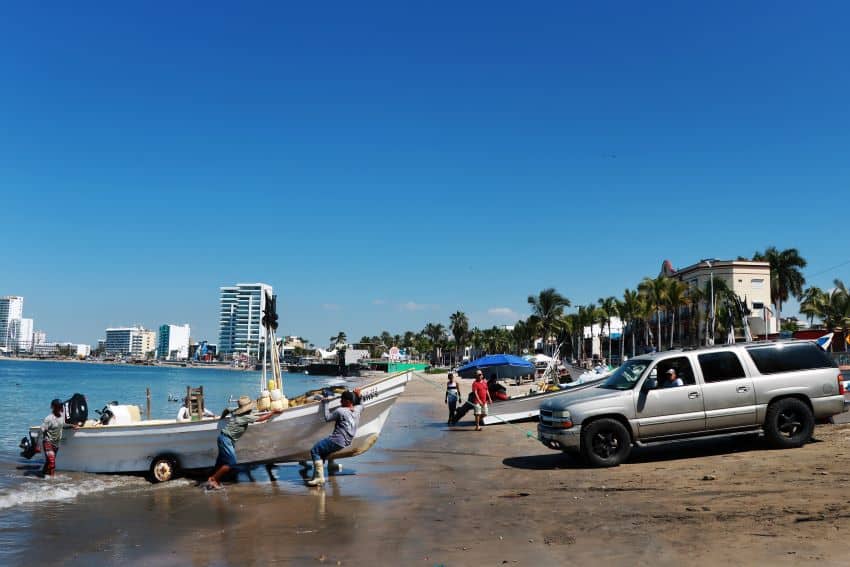
In May and June, the bright lights that local fishers use to lure the small jumping fish can often be seen twinkling off the coast in the early evening. When the boats return to shore, buyers line up with buckets to fill up with the freshest possible fish. In homes and restaurants, the pajaritos will be pan-fried whole, eaten with salt and lime or rolled into a warm tortilla and made into a taco.
The tradition of fishing for pajaritos is just one of many customs that could fade away or be lost forever without Sinaloa’s small-scale fishers. As in other countries, these fishers preserve cultural and local ocean knowledge. And though working for one of Sinaloa’s industrial fishing companies can yield a steadier paycheck, many continue to choose the freedom and self-determination that artisanal fishing offers.
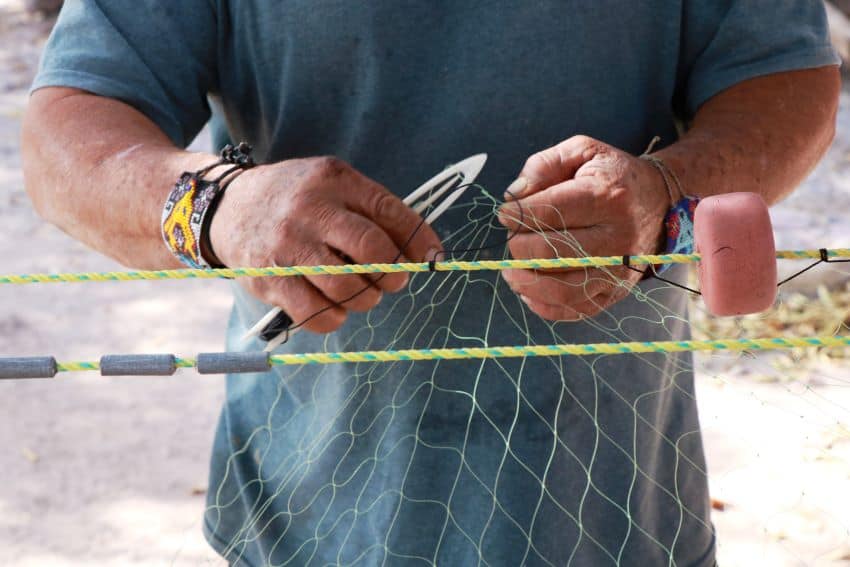
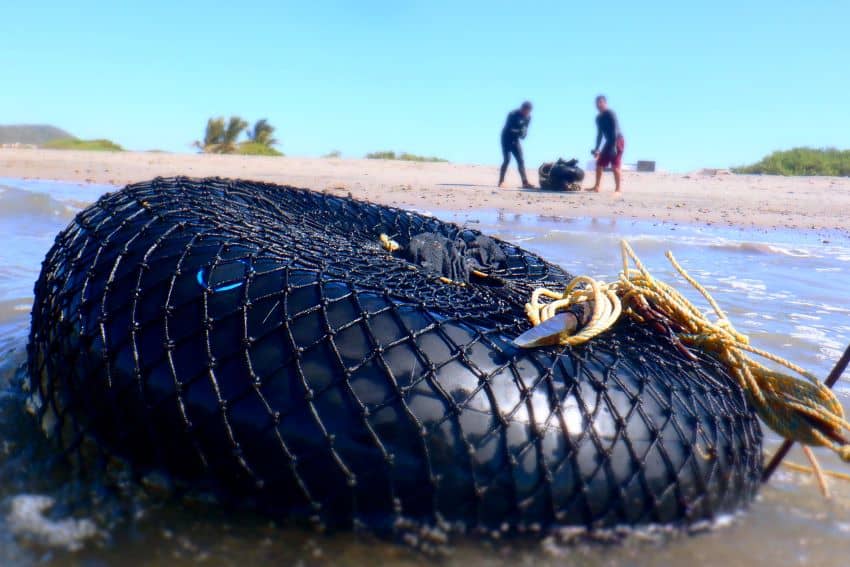
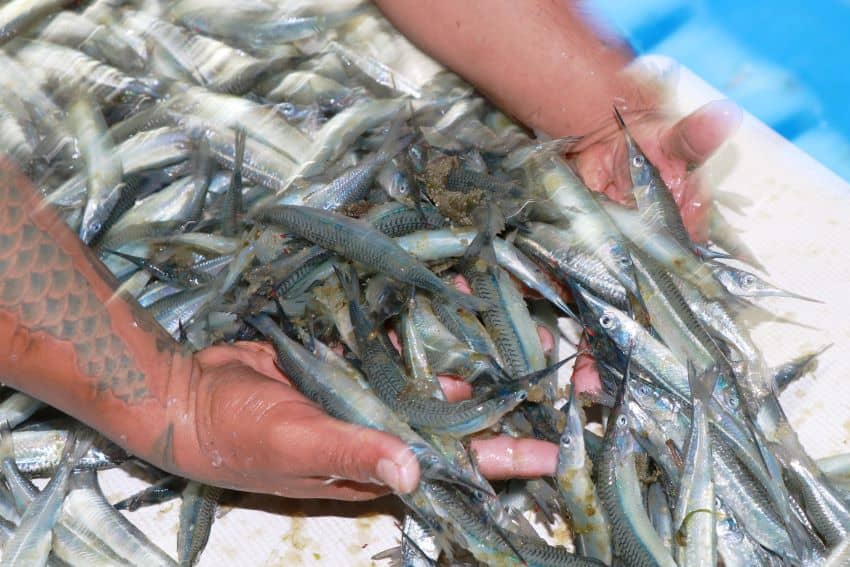
Rose Egelhoff is an associate editor at Mexico News Daily and a freelance writer. She’s on Twitter and the internet. Eduardo Esparza is a professor, filmmaker and professional photographer. Some of his work can be seen on Instagram.
